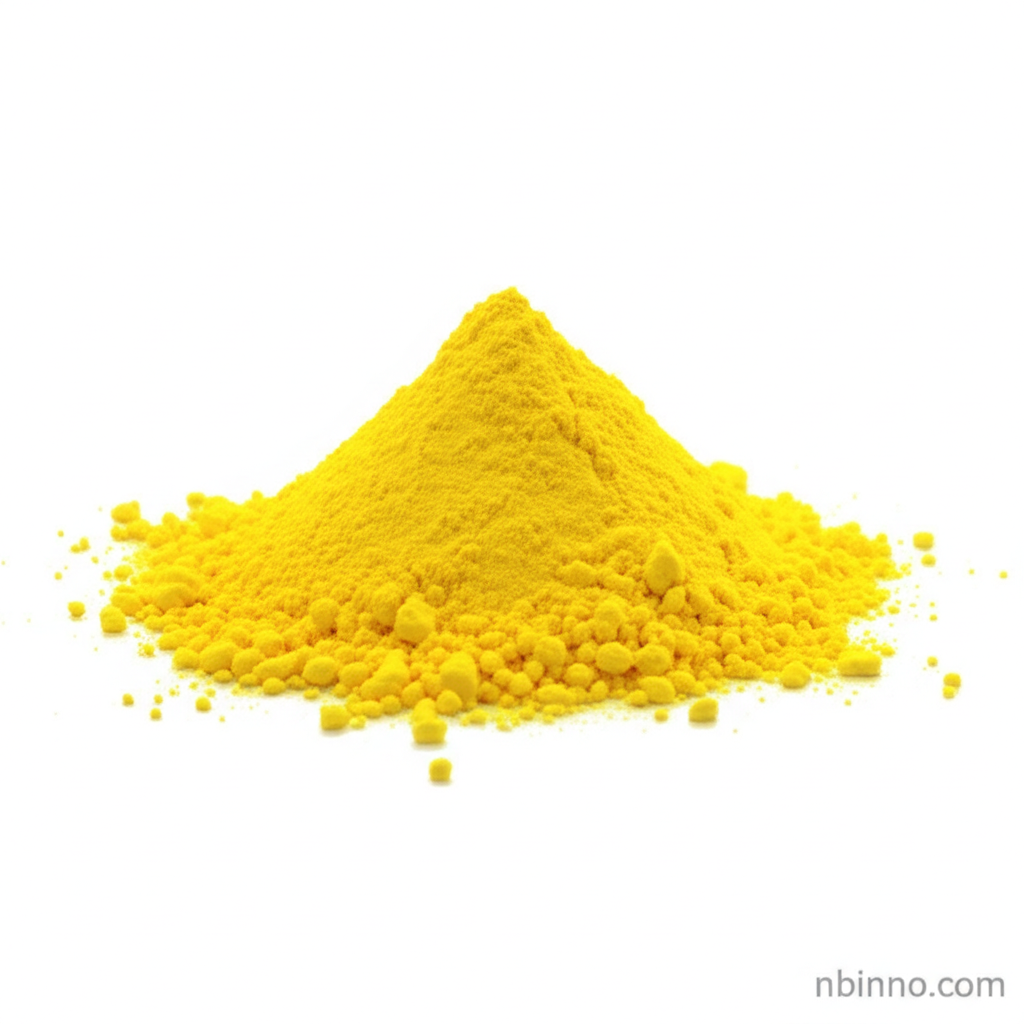Bis(1,5-cyclooctadiene)nickel(0): A Key Organonickel Compound for Organic Synthesis and Catalysis
Unlock the power of Ni(0) for your synthetic chemistry needs.
Get a Quote & SampleProduct Core Value

Bis(1,5-cyclooctadiene)nickel(0)
Bis(1,5-cyclooctadiene)nickel(0), commonly known as Ni(COD)2, is a highly valued organonickel compound that serves as a crucial source of Ni(0) in a multitude of organic synthesis and catalytic applications. Its unique properties and reactivity make it indispensable for chemists seeking efficient transformations.
- Explore the synthesis of organometallic compounds with our Ni(0) source in organic synthesis. Our product is a reliable reagent for creating complex molecular structures.
- Leverage the catalytic power of bis(1,5-cyclooctadiene)nickel(0) for efficient nickel catalyzed reactions. It enables a wide range of chemical transformations with high selectivity.
- Understand the preparation of bis(1,5-cyclooctadiene)nickel(0) to ensure optimal performance in your laboratory. Proper synthesis ensures its effectiveness as a Ni(0) precursor.
- Discover the properties of air-sensitive organometallic compounds like Ni(COD)2. Handling instructions are vital for maintaining its integrity and reactivity.
Advantages Offered by the Product
Versatile Ni(0) Source
As a readily available Ni(0) source in organic synthesis, it facilitates numerous cross-coupling reactions, cyclizations, and other important transformations.
Effective Catalyst
Its role as a catalyst in nickel catalyzed reactions, such as the demethoxylation of anisoles, showcases its broad utility and efficiency in promoting chemical processes.
Broad Solvent Solubility
Being soluble in common organic solvents like benzene, tetrahydrofuran, and toluene, it offers flexibility in reaction medium selection, simplifying experimental design.
Key Applications
Catalysis
Ni(COD)2 is a cornerstone catalyst for various organic transformations, enabling challenging reactions with precision.
Organic Synthesis
It is extensively used as a reagent in organic synthesis for creating new carbon-carbon and carbon-heteroatom bonds.
Organometallic Chemistry
Its unique structure and reactivity make it a subject of study and a valuable tool in the broader field of organometallic chemistry.
Material Science
Used in the development of novel materials and in the synthesis of specialized chemical compounds.
